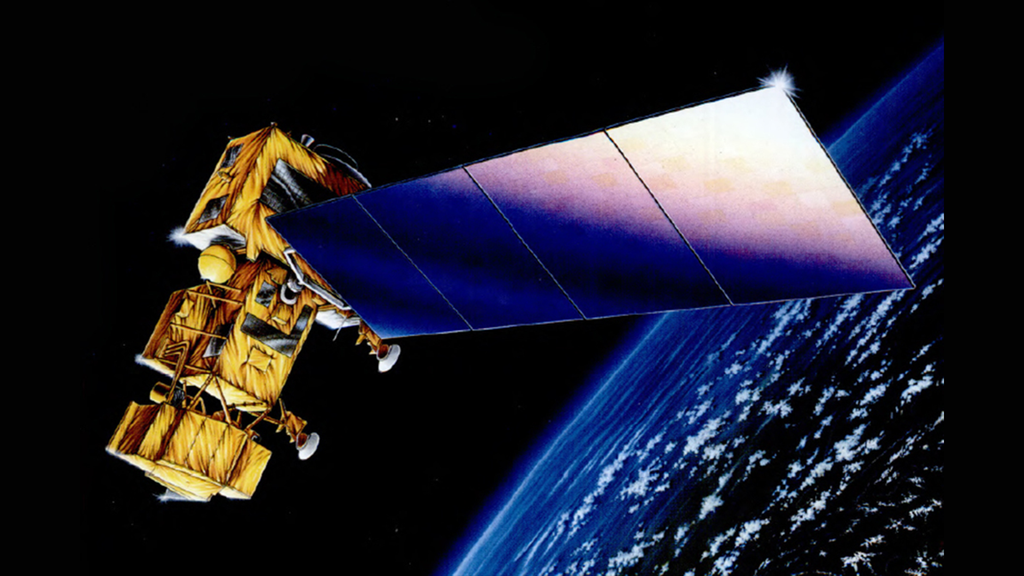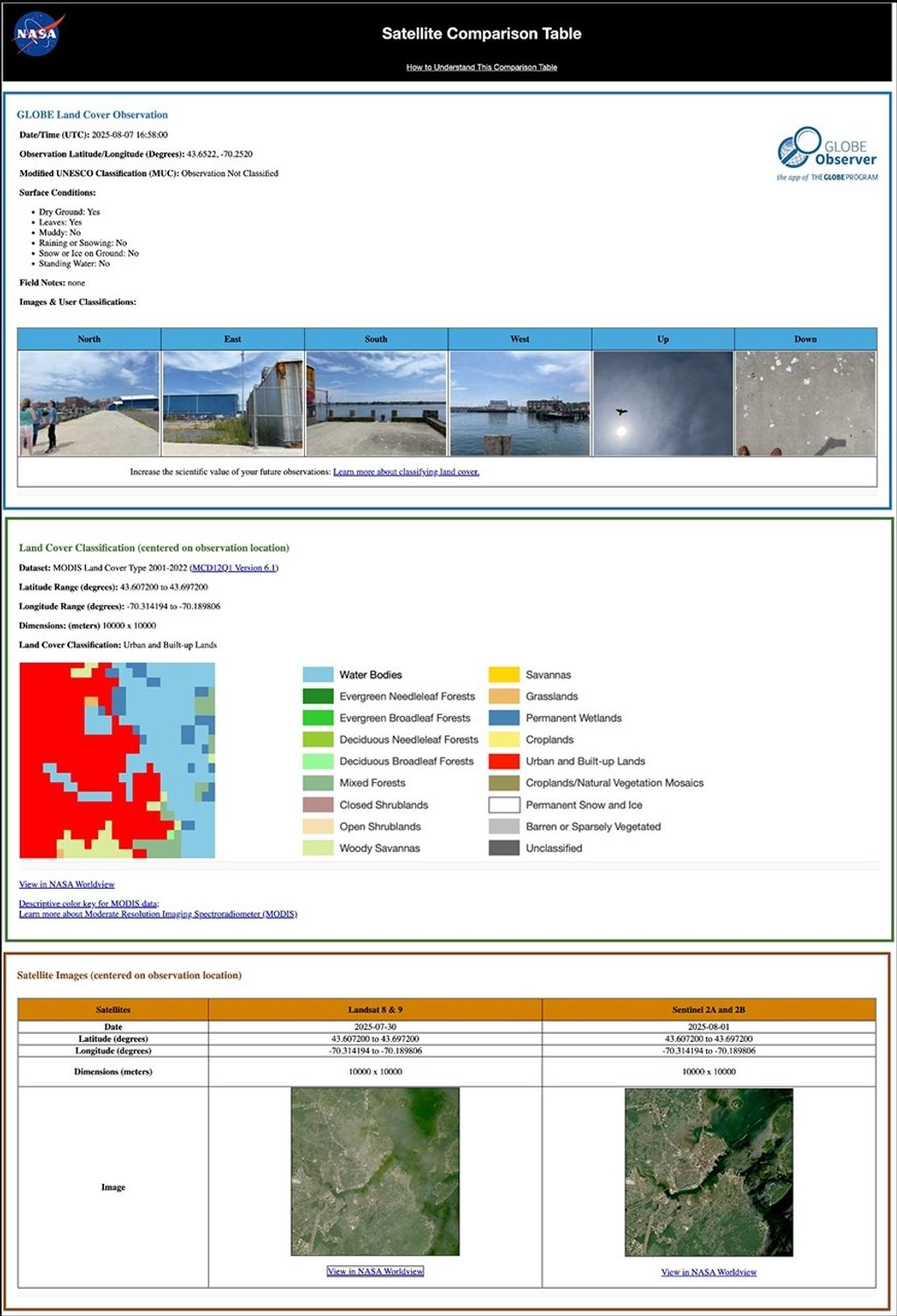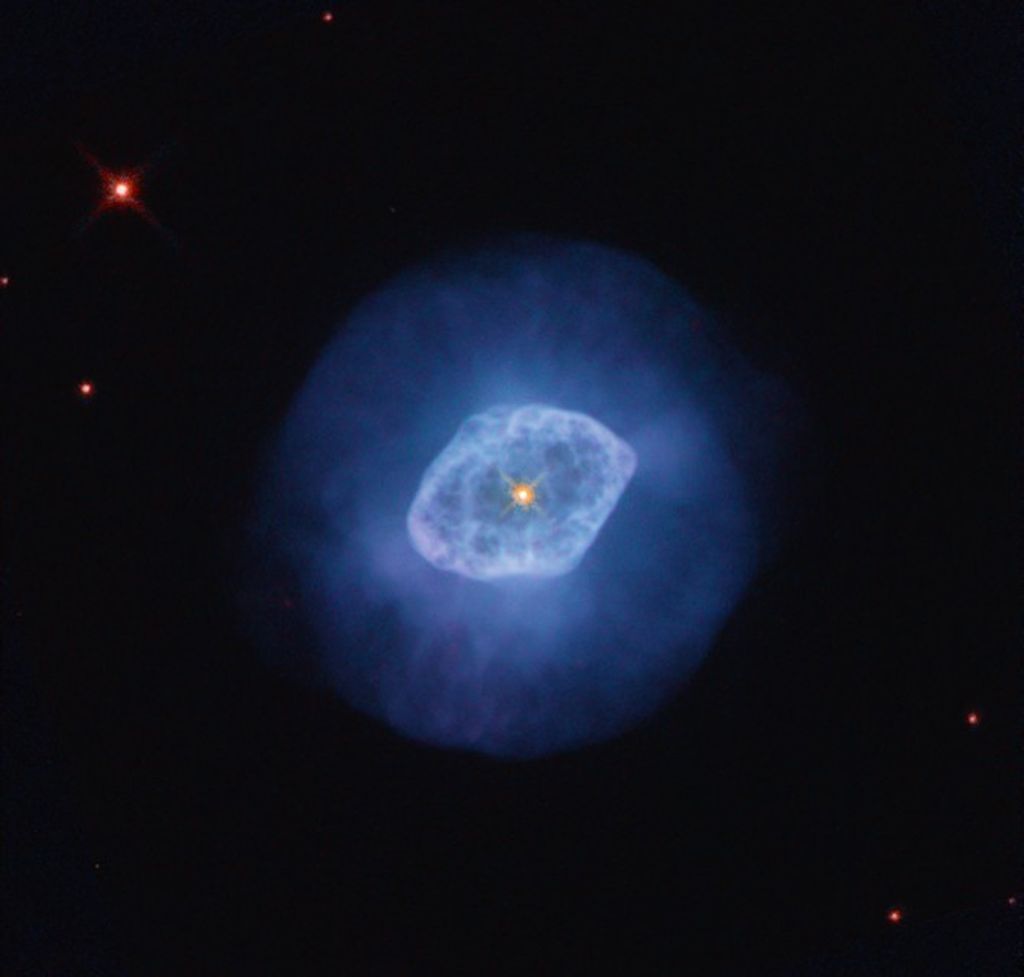1 min read
Fade Between 2022 and 2023 Observations of Wolf-Rayet 140
This video alternates between two James Webb Space Telescope observations of Wolf-Rayet 140, a two-star system that has sent out more than 17 shells of dust over 130 years. Mid-infrared light observations highlight them with excellent clarity.
By comparing this pair of observations, taken only 14 months apart, researchers showed the dust in the system has expanded. All the dust in every shell is moving at almost 1% the speed of light.
The stars are very bright, which led to the diffraction spikes in both images. These are artifacts, not meaningful features.
- Release DateJanuary 13, 2025
- Science ReleaseWebb Watches Carbon-Rich Dust Shells Form, Expand in Star System
- CreditVideo: NASA, ESA, CSA, STScI, Joseph DePasquale (STScI); Science: Emma Lieb (University of Denver), Ryan Lau (NSF's NOIRLab), Jennifer Hoffman (University of Denver)
Downloads
Related Images & Videos

Compare Observations of Wolf-Rayet 140 (MIRI Images)
Watch dust move in space! Compare the two mid-infrared images taken by the James Webb Space Telescope of Wolf-Rayet 140, a system of dust shells ejected by two massive stars that are in an elongated orbit. Look to the top right of the first two images. Two triangles are matched...
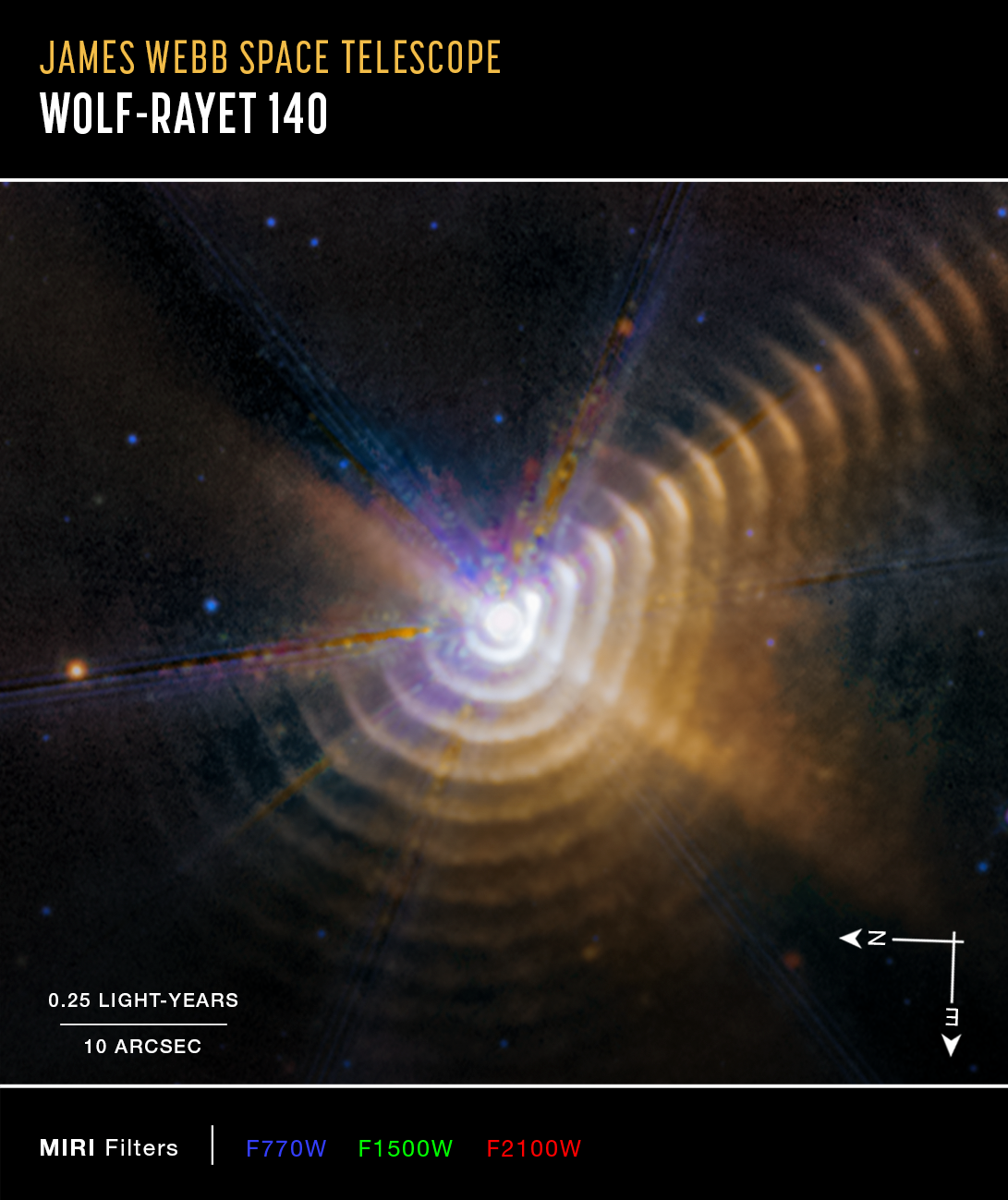
Wolf-Rayet 140 (MIRI Compass Image)
This 2023 image of Wolf-Rayet 140, a system of dust shells ejected by two massive stars at the center, was captured by the James Webb Space Telescope’s MIRI (Mid-Infrared Instrument). The image shows a scale bar, compass arrows, and color key for reference. The scale bar is...
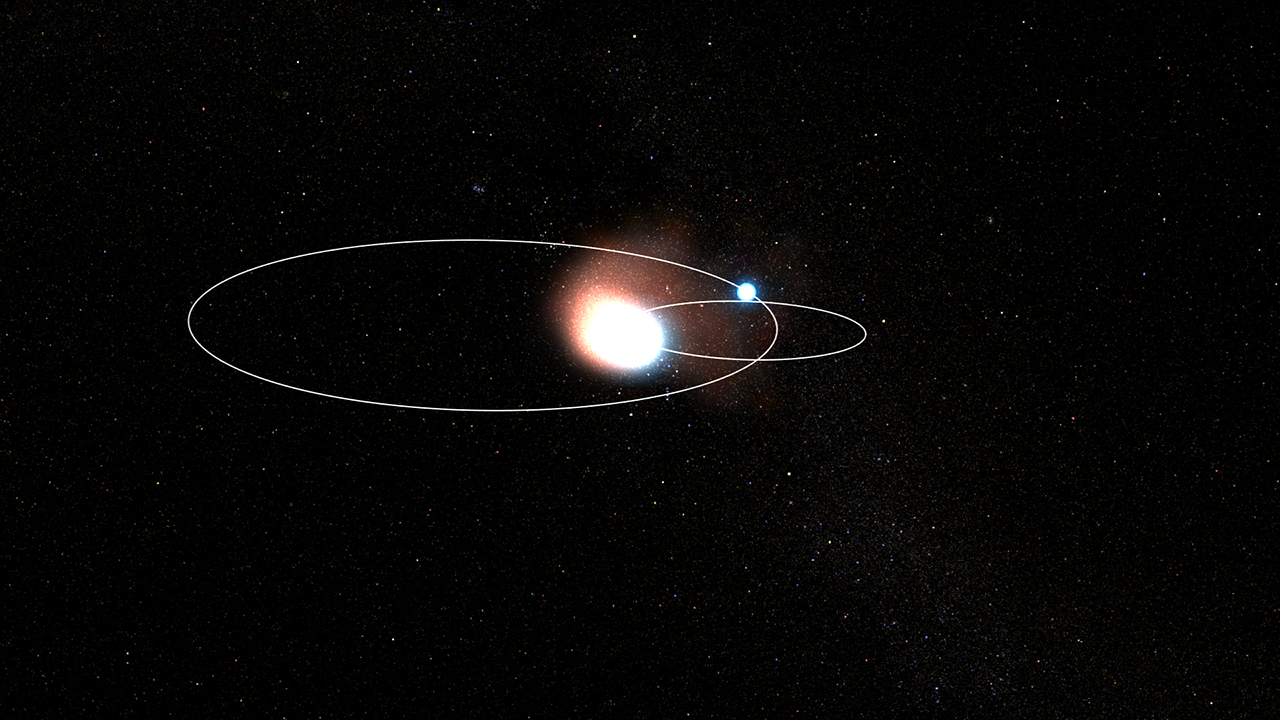
Stars’ Orbits in Wolf-Rayet 140 (Visualization)
When the two massive stars in Wolf-Rayet 140 swing past one another, their winds collide, material compresses, and carbon-rich dust forms. The stronger winds of the hotter Wolf-Rayet star blow behind its slightly cooler (but still hot) companion. The stars create dust for...
Share
Details
Laura Betz
NASA’s Goddard Space Flight Center
Greenbelt, Maryland
laura.e.betz@nasa.gov
NASA, ESA, CSA, STScI, Joseph DePasquale (STScI)
Emma Lieb (University of Denver), Ryan Lau (NSF’s NOIRLab), Jennifer Hoffman (University of Denver)









